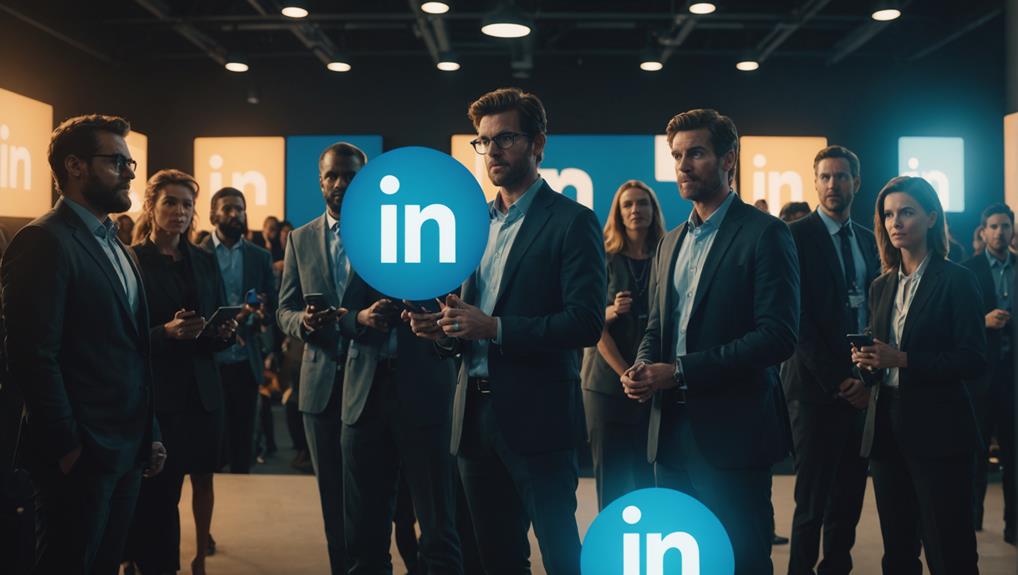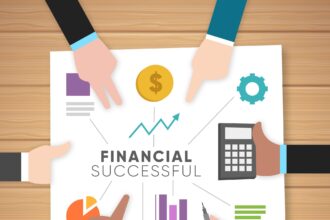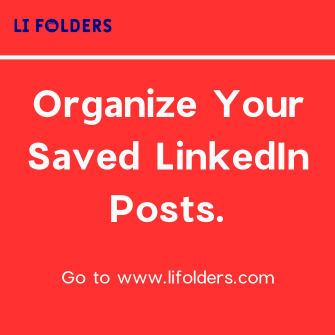
In the evolving landscape of digital networking, mastering the art of LinkedIn tagging can be a pivotal leverage for professionals, including marketing executives, data scientists, and HR managers, seeking to increase their visibility and engagement within their industry sectors, such as technology, healthcare, and finance.
Effective tagging not only hones the accuracy of your professional outreach but also stimulates meaningful interactions and discussions amongst relevant peers, such as colleagues, mentors, and industry experts, celebrating both inclusivity and specificity.
Decoding the strategies and etiquettes of LinkedIn tagging can transform your profile from passive to a dynamic conduit of opportunities, such as job offers, collaborations, and thought leadership recognition. But, how should one navigate the fine balance between being informative and intrusive in professional settings?
Let us explore the nuances, including frequency, relevance, and consent, that differentiate successful tagging practices from merely adding noise to the digital conversation.
Understanding LinkedIn Tagging

LinkedIn's tagging feature is a powerful social media tool designed to enhance visibility and engagement by directly linking individuals, companies, or organizations in posts and comments.
When you tag someone, it not only sends a notification to the tagged entity but also displays the content to their network, thereby broadening your reach across various professional sectors. This interconnectedness fosters a sense of community and camaraderie, making LinkedIn not just a networking space but a collaborative hub for industries like technology, healthcare, and finance.
Utilizing tagging effectively can also direct specific content towards users such as job seekers, recruiters, and industry experts who will find it most relevant, thereby increasing the potential for meaningful interactions.
As such, tagging serves not only as a tool for visibility but also as a bridge that connects diverse professional landscapes, including startups, multinational corporations, and educational institutions. This enhances inclusion and mutual growth within the LinkedIn community.
Tagging Best Practices
To maximize the benefits of tagging on LinkedIn, adhering to established best practices is essential. Begin by ensuring relevance; tag individuals or companies when your content genuinely adds value to their day or promotes a meaningful connection.
This cultivates a sense of belonging and communal support, reinforcing positive engagement within professional circles. Always personalize your accompanying message to highlight the reason for the tag, underscoring respect for their time and presence on the platform.
Moreover, maintain professionalism and courtesy, responding promptly to any interactions that arise from your tags. By following these guidelines, you foster an enriching, connected community experience that benefits all parties involved on LinkedIn.
Advanced Tagging Features

Enhancing the platform's interactivity, LinkedIn has introduced advanced tagging features that allow users to tag companies and individuals seamlessly.
This development deepens your sense of connection within the professional community, providing a pathway to highlight collaborations and acknowledge significant contributions. By tagging, you not only spotlight others but also enhance the communal wisdom of your network.
These modern enhancements facilitate more nuanced and strategic visibility, ensuring that the right eyes land on relevant content. Importantly, this capability integrates smoothly with LinkedIn's notification system, keeping tagged parties informed and engaged.
Embrace these tools to foster a richer, more interconnected professional ecosystem, where every tag fortifies the ties that bind the LinkedIn community.
Networking Through Tagging
Tagging on LinkedIn effectively harnesses the power of networking by directly linking interactions to broader professional networks. This feature not only highlights your inclusivity but also signals to others your willingness to engage collaboratively within the industry.
By tagging, you bring someone's attention to discussions or content where their expertise or interests lie—such as #Marketing, #DataScience, or #Blockchain—fostering a supportive community atmosphere.
Moreover, when you add a colleague or an influencer's tag, such as @JohnDoe or @TechGuru, in your posts, it often acts as an endorsement of their knowledge or skills, building upon mutual recognition and respect. This strategic move can naturally expand your professional circle, as tagged individuals may reciprocate, or their connections might notice you, thus enhancing your visibility and establishing deeper connections within your field.
Tagging Dos and Don'ts

When using LinkedIn's tagging feature, it is crucial to adhere to certain dos and don'ts to maintain professionalism and effectiveness.
Always ensure that the individuals or companies you tag are relevant to the content you are sharing. This not only enhances the value of your post but also fosters a sense of inclusion and purpose within your network on LinkedIn.
Do engage gracefully with those who respond to your tags, creating a circle of meaningful interaction.
Don't overuse this feature; excessive tagging can alienate your connections and diminish the quality of your engagement.
Lastly, avoid tagging in controversial or irrelevant content as it might reflect poorly on your professional image and brand.
Frequently Asked Questions
How Frequently Should I Tag Others in My Linkedin Posts?
When considering frequency for tagging others in LinkedIn posts, aim for moderation to maintain professionalism and relevance. Typically, tag when collaboration with individuals or organizations like @JohnDoe or @CompanyXYZ is involved, ensuring it adds value to the post.
Can Tagging Help in Increasing Linkedin Search Rankings?
Tagging on LinkedIn does not directly influence search rankings. However, tagging other users or companies can significantly increase the visibility of your posts. This can indirectly impact your profile's discoverability through enhanced engagement and network expansion, which boosts the likelihood of being found in LinkedIn searches.
What Happens if I Mistakenly Tag the Wrong Person?
If you mistakenly tag the wrong person on LinkedIn, it's advisable to remove the tag promptly by editing your post or comment. You should add the correct person afterward. This ensures accuracy and maintains professionalism in your LinkedIn network interactions, adhering to social media etiquette and best practices.
Is It Possible to Automate Tagging on Linkedin?
Automating tagging on LinkedIn is not directly supported by LinkedIn's current functionality. Users must manually tag individuals or organizations in posts or comments to maintain accuracy and personalization in their professional interactions on the platform. LinkedIn, owned by Microsoft, prioritizes user experience and network authenticity, making automated tagging more challenging within its ecosystem.
Does Linkedin Limit the Number of Tags per Post?
LinkedIn does not explicitly limit the number of tags per post. However, it is advisable to tag judiciously to maintain professionalism and ensure that the tags are relevant to your industry or professional niche, enhancing the overall value of the interaction on the social networking platform.
Conclusion
In conclusion, the strategic utilization of LinkedIn tagging constitutes a vital mechanism for professionals aiming to elevate their digital presence and engagement.
Adhering to best practices, leveraging advanced features like the LinkedIn Mention (@mention) tool, and fostering connectivity through thoughtful tagging fosters professional relationships and community building.
It behooves users to adhere to etiquette guidelines to maximize the efficacy of their interactions on the platform, thereby ensuring that their professional activities are both visible and impactful within the expansive network of LinkedIn, a subsidiary of Microsoft Corporation.






